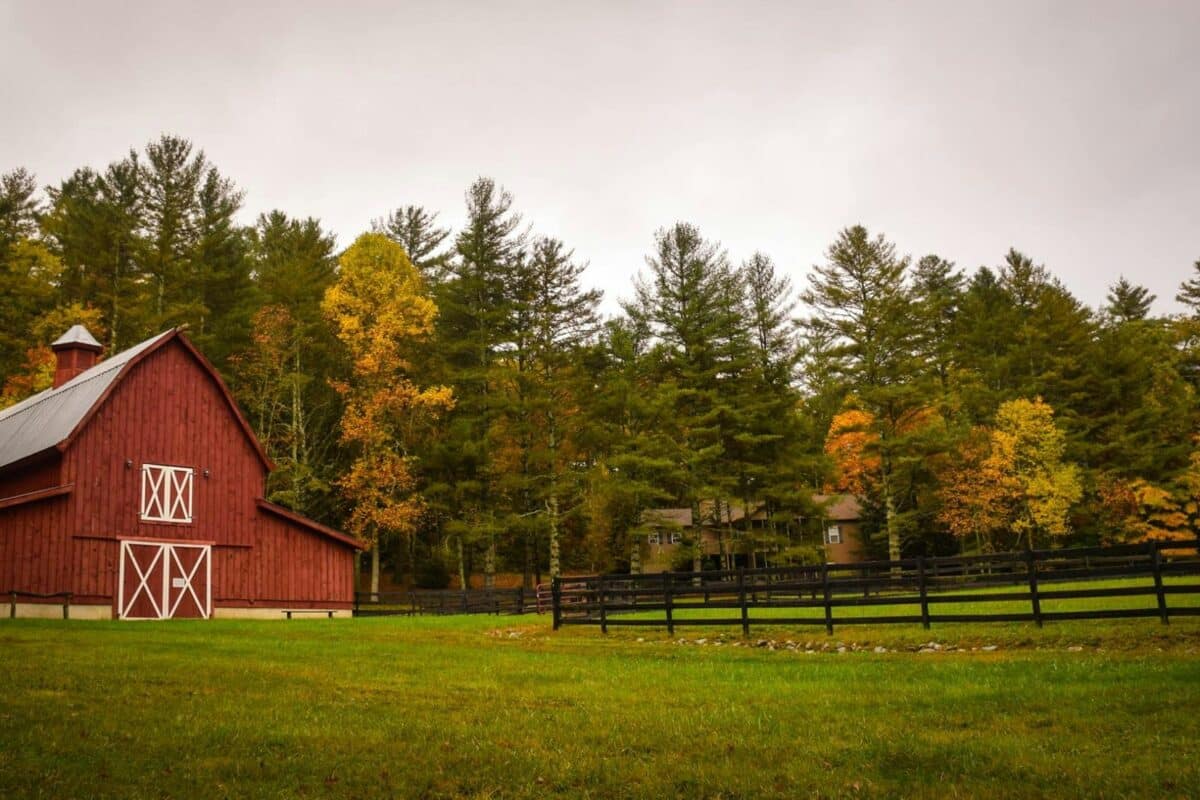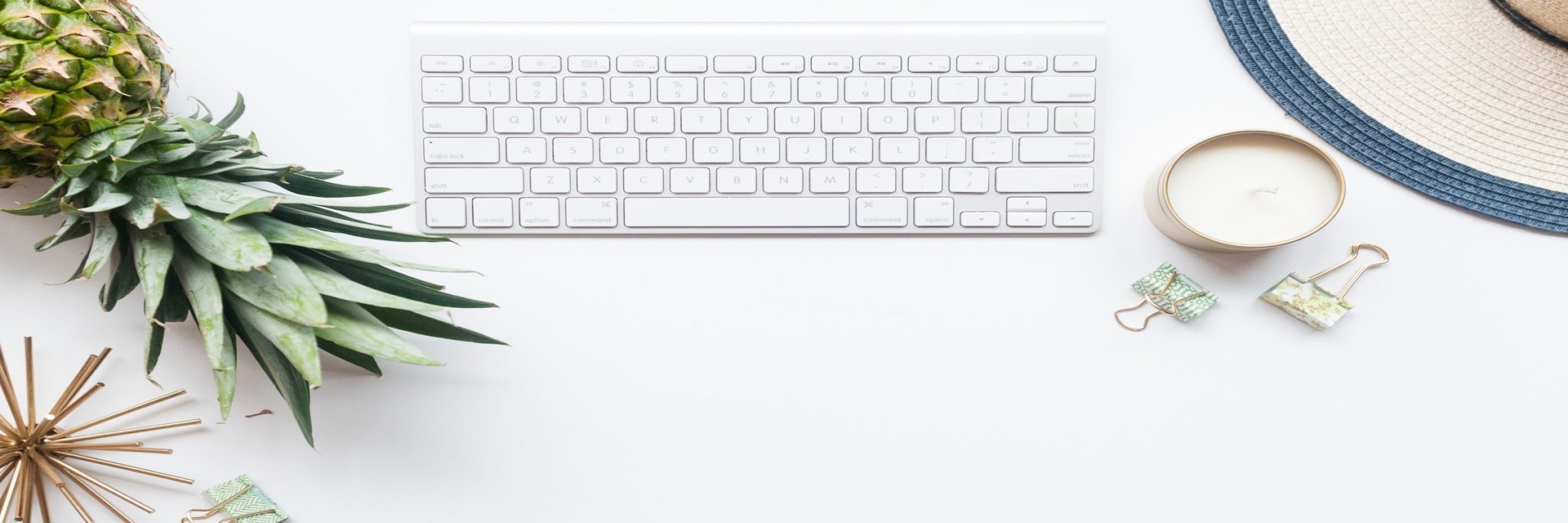We are under siege. And we are losing the battle. The enemy is stronger than we are, and it has numbers on its side. Our adversary is patient and willing to wait as long as it takes to claim victory. Our foe — plastic — is invincible.
From our oceans to our groundwater, to the food we eat and the air we breathe, microplastics have invaded everything in our world, including our bodies.
Plastic never decomposes. It merely breaks down into smaller and smaller pieces — micro and nano plastics — that seeps into everything it touches. You think that bottled water from an artesian aquifer in Fiji is healthier than tap water? Not if it’s bottled in plastic, which it most certainly is.
Heat causes plastic to break down. Exposure to environmental factors — sun, wind, water — also jumpstart the fragmentation process. If your bottled water is not temperature controlled from the moment it’s packaged, the plastic that encases it is breaking down while the water is en route. Same for your food.
And all that plastic packaging for virtually every household and personal care product you use ends up in landfills where fragmentation causes microplastics to leech into groundwater. Our oceans are in even worse condition. Islands of floating plastics, dubbed the Great Pacific Garbage Patch, are each three times the size of France.
But plastic isn’t going anywhere. We cannot eliminate it. We can, however, dramatically reduce our use of it without sacrificing convenience.
This is a starter guide to reducing single-use plastic. These products have made my life easier and, in every instance, perform better than their conventionally-packaged competitors. The cherry on top? I’m saving money too.
Household Products
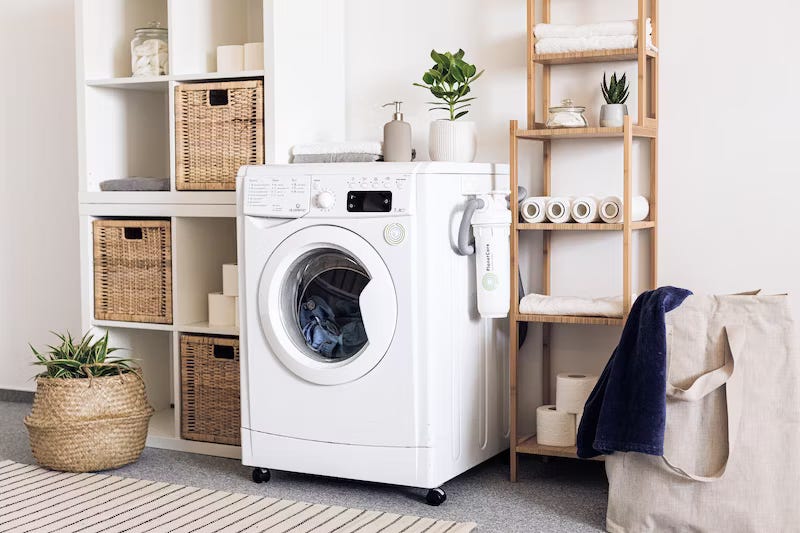
Laundry
Earth Breeze laundry sheets are a revelation. When I learned that laundry detergent — even my cruelty-free, eco-friendly Mrs. Meyers — contains between sixty and ninety percent water, I made the switch to Earth Breeze that day. Every two months, the biodegradable laundry sheets (packaged only in compostable paper) arrive in the mail. No more dripping messes. No more storing heavy plastic containers in my tiny washer/dryer closet. Bonus: Earth Breeze is a generous donor to environmental and animal welfare nonprofits.
Dish Soap
I am a huge fan of solid dish soap, shampoo/hair conditioner (more on that below), companion animal cleanser, and moisturizers. I’ve been living like a college kid, in tiny apartments, my entire life. Storage is always an issue. Four-inch by six-inch by two-inch bars take up much less space than plastic pints, quarts, and jugs. But the thing that turned me into a diehard solids-over-liquids person is the amount of money I save — an estimated $400 a year. Gaia’s Garden Goods dish soap is among my favorite kitchen products.
Garbage Bags
Plastic bags are evil. No store should ever provide them. Everyone should always carry reusable sacks and totes. Okay, that’s my preach for the day. But what to do with the garbage we inevitably generate at home? Thankfully, we can use Ghost Bags Compostable Heavy Duty Kitchen Trash Bags.
Sandwich Bags
I’ve been bundling my almond butter on Ezekiel sandwiches in reusable sandwich bags for years. Ziptuck bags are the best.
Straws
Plastic straws injure and kill birds, fish, sea turtles, manatees, dolphins, and other animals when they get lodged in their noses, throats, and stomachs. A cruelty-free alternative — EcoJarz Stainless Steel Smoothie Straw.
Paper Towels
While paper towels are not plastic and deforestation is a huge, but separate issue, paper towels come packaged in plastic. So, reducing their use addresses multiple environmental atrocities with one simple swap — Cheeks Ahoy Non Paper Towels in place of paper towels. Handmade in Ontario, Canada, each “roll” contains twelve machine-washable towels. You can roll them around an empty paper towel tube to use with your paper towel holder.
Disinfectant Wipes
I know what you’re thinking. Why would anyone want to reuse disinfectant wipes? Admittedly, these are not something I’m not going to use in my bathroom. But in the kitchen, bedroom, and office, these environmentally-friendly Saged Home Reusable Wipes work great.
Face, Body & Hair
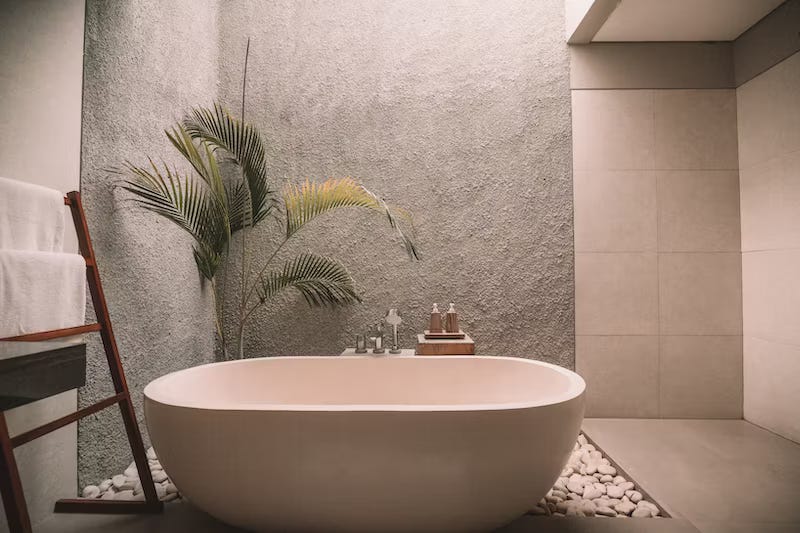
Shampoo & Conditioner
Hair care is my thing. I’m a curly girl with fine hair, meaning my hair strands are delicate. But I have a huge head of hair. It’s the perfect formula for frizz. Curls + enormous quantities of thin hair strands = fuzzy-wuzzy hair.
Despite the frizz, I love my curls and I’ve dedicated much of my life to exploring the perfect products that tighten curls while reducing frizz. After fifty years of searching, I have found my holy grail: Dip shampoo and conditioner bars.
I love the rosewater/jasmine scent. Although I’ve been using Dip for about a year, I haven’t had a chance to try any other scent because I’m still using my original purchase. These bars last forever. Maybe they’re made of plastic. Just kidding.
Moisturizer
Have you ever looked at the ingredients in your sixty bucks for an eighth of an ounce face serum and noticed the first ingredient is water? Oh my god, that infuriates me. Why am I paying a fortune for something that is comprised mostly of water? I’m not; not anymore. Solid moisturizers keep my skin as beautiful as it can be and help me maintain my inner equanimity as well.
Toothpaste
I’m sidestepping the whole fluoride debate and going straight to the packaging. Huppy Toothpaste Tablets eliminate all the plastic and add sparkle to your smile.
Cotton Swabs
Here’s another potentially head-scratching product — reusable cotton swabs. But why not reuse anything you can?
Water
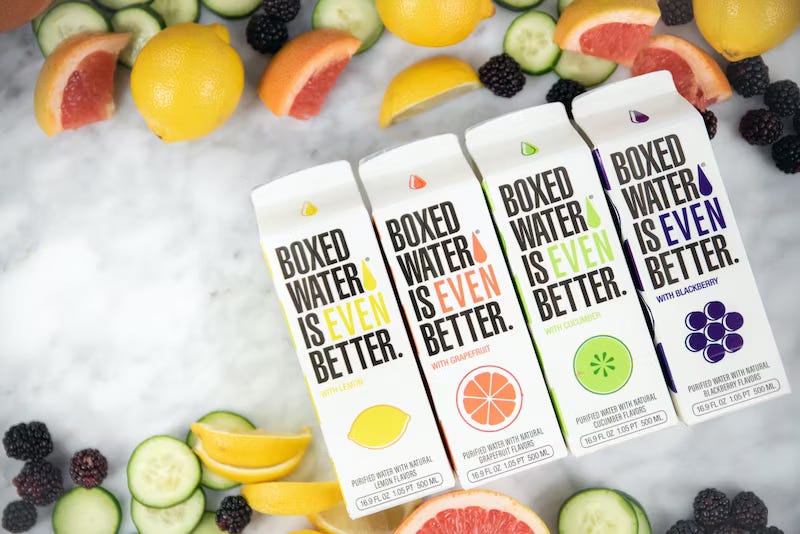
Obviously, we are too smart to buy bottled water. I use a PUR water filter pitcher at home and carry a Hydro Flask when I venture outdoors.
I’d love to hear your tips for reducing single-use plastic and your carbon footprint. Please share in the comments.
If you click the links I’ve provided, you’ll notice many of the products are available through Little Wild Refillery in Scranton, PA. The owner, Brittany Grasso Salvatori, worked in the fashion and textile industry for years and the practices she observed inspired her to dedicate herself to sustainable, low-waste living. Many of the products I’ve listed here are available in conventional chain stores. If possible, though, consider shopping small and local.
